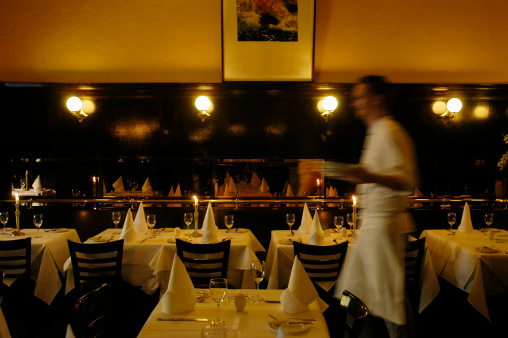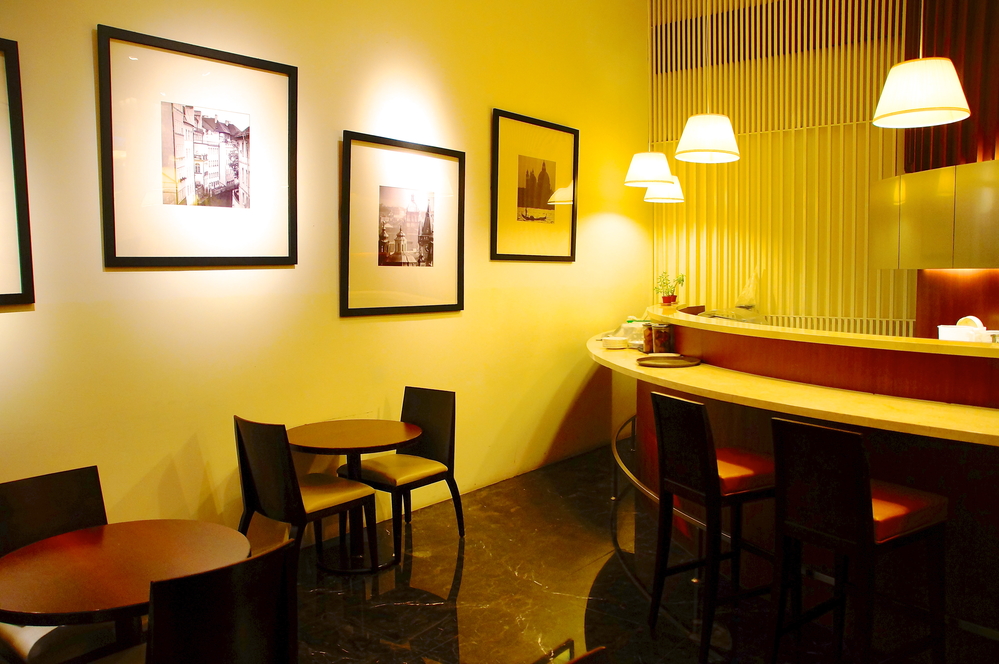Best Asian Restaurant Islamabad: Experience Flavors from Across Asia
Best Asian Restaurant Islamabad: Experience Flavors from Across Asia
Blog Article
Savor Authentic Eastern Cuisine With a Pan-Asian Twist for a Cooking Experience
Getting started on a cooking trip with genuine Eastern food, enhanced with a Pan-Asian twist, provides a special possibility to check out the abundant tapestry of flavors that define the area's diverse cooking customs. As you ponder these enticing dishes, think about the social narratives and historical influences that shape them, each bite supplying a tale waiting to be found. asian fusion restaurant.

Discovering Pan-Asian Tastes
In the realm of international gastronomy, Pan-Asian cuisine sticks out for its remarkable diversity and the harmonious interaction of flavors from different Oriental societies. This culinary technique celebrates the abundant customs and distinct ingredients found across the continent, producing a tapestry of tastes that is both satisfying and interesting. Key to Pan-Asian food is its ability to stabilize contrasting flavors-- wonderful, salted, spicy, and sour-- while highlighting the freshness and top quality of each component.
From the umami-rich soy sauce of Japan to the intense chili peppers of Thailand, Pan-Asian food uses a considerable combination of tastes. These elements are often integrated in innovative ways, enhancing meals with layers of intricacy. For example, using fragrant herbs such as lemongrass and cilantro, usual in Vietnamese and Thai cuisine, adds a revitalizing illumination to dishes, while the unification of coconut milk delivers a creamy, rich structure.
The focus on fresh produce and fragrant seasonings ensures that each dish is not only a feast for the taste buds but also for the senses. Pan-Asian cuisine invites diners to embark on a cooking journey, exploring the large and varied landscapes of Oriental gastronomy with every bite.
Fusion Recipes to Attempt
While Pan-Asian food is commemorated for its conventional flavors, the modern-day culinary landscape is increasingly welcoming fusion dishes that blend these traditional elements with impacts from other regions. This cutting-edge method not just honors the rich heritage of Asian cookeries but additionally introduces unique taste experiences that interest contemporary tastes.
A prime example of such a fusion recipe is the Korean-Mexican taco, where seasoned bulgogi beef is wrapped in a cozy tortilla, covered with kimchi and a zesty gochujang-infused salsa. This mix marries the strong, full-flavored tastes of Korea with the vivid, fresh components of Mexican cuisine. Likewise, sushi burritos have acquired appeal, integrating the fragile creativity of Japanese sushi with the hearty, hand-held comfort of a burrito, usually including blend components like tempura shrimp and avocado with a drizzle of wasabi mayo.
An additional significant meal is Thai curry ramen, which instills the creamy, aromatic flavors of Thai curry right into the reassuring brew of standard Japanese ramen, developing a harmonious blend that tantalizes the detects. These blend dishes prolong past plain novelty; they stand for a cooking discussion in between cultures, urging exploration and technology worldwide of Pan-Asian cuisine.
Necessary Ingredients and Spices
To genuinely value Pan-Asian food, one need to comprehend the important components and seasonings that develop its foundation. This varied cooking design draws from a rich tapestry of Eastern practices, employing a harmonious mix of tastes and appearances.
Fragrant aspects are crucial, with ginger, lemongrass, and garlic being ubiquitous throughout different Pan-Asian recipes. These components give an aromatic base that enhances the complexity of tastes. Spices such as celebrity anise, cardamom, and cinnamon present heat and character, resembling influences from regions like China and India.

Food Preparation Techniques and Tips
Grasping the art of Pan-Asian food needs familiarity with its unique food preparation strategies, each adding to the lively tapestry of tastes this culinary practice is commemorated for. Central to these approaches is the stir-fry, a fast food preparation technique that maintains the nutritional stability and dazzling colors of active ingredients. Utilizing a wok, the stir-fry technique permits also heat circulation, essential for achieving the characteristic structure and flavor balance of Pan-Asian meals.
An additional basic technique is steaming, especially widespread in Chinese food. This mild technique maintains the natural flavors and nutrients of ingredients, making it perfect for fish and shellfish and veggies. Dumplings, a precious staple, often gain from steaming, resulting in soft, succulent structures.
Barbecuing, likewise essential, passes on great smoky midsts to recipes such as Oriental bulgogi or Japanese yakitori (Instagrammable restaurants Islamabad). This technique often entails marinading components, enabling tastes to permeate deeply before food preparation over Clicking Here an open fire or warm plate
Last but not least, grasping the art of stabilizing flavors-- pleasant, sour, salted, bitter, and umami-- is vital. Appropriately layering these elements can boost a meal from ordinary to remarkable, supplying a complex and satisfying culinary experience that personifies the significance of Pan-Asian food.
Dining Experiences Worldwide
Across the world, Pan-Asian cuisine supplies an unequaled dining experience, commemorated for its rich tapestry of tastes and vivid discussions. This culinary sensation visit homepage has gone beyond cultural boundaries, capturing the hearts and tastes of food lovers worldwide. In cosmopolitan cities like New York, London, and Sydney, Pan-Asian restaurants function as melting pots where cooking traditions from Thailand, Japan, China, and past converge, giving diners with a diverse mix of recipes that highlight the region's variety.
The worldwide appeal of Pan-Asian cuisine depends on its capacity to provide both authenticity and technology. Chefs skillfully marry typical ingredients such as lemongrass, soy sauce, and miso with contemporary methods, leading to recipes that are both familiar and refreshingly new. This combination permits diners to embark on a culinary journey that appreciates heritage while accepting modernity.
Additionally, eating experiences are boosted with attentively developed atmospheres that mirror the ethos of Pan-Asian aesthetics. From minimalist Japanese-inspired interiors to dynamic Thai-themed spaces, each restaurant provides a distinct atmosphere that complements the culinary offerings. Consequently, patrons are not merely consuming a dish but partaking in a cultural experience, making Pan-Asian dining a truly international sensation.
Conclusion
The exploration of Pan-Asian food uses an extensive understanding of the complex interaction of tastes and culinary traditions throughout Asia. By welcoming fusion recipes such as Thai curry ramen and sushi burritos, the cooking journey not only highlights the adaptability of conventional ingredients yet likewise showcases ingenious contemporary methods. This gastronomic adventure, enhanced by cooking methods and essential spices, gives a special possibility to value the cultural variety and culinary creativity that specify Pan-Asian cuisine on an international range.
Beginning on a culinary trip with click over here genuine Oriental cuisine, boosted with a Pan-Asian spin, offers an unique possibility to explore the abundant tapestry of tastes that define the area's varied culinary practices.In the realm of worldwide gastronomy, Pan-Asian cuisine stands out for its impressive diversity and the harmonious interplay of flavors from different Oriental societies. Secret to Pan-Asian food is its capacity to stabilize different flavors-- wonderful, salted, spicy, and sour-- while highlighting the quality and high quality of each active ingredient.

Report this page